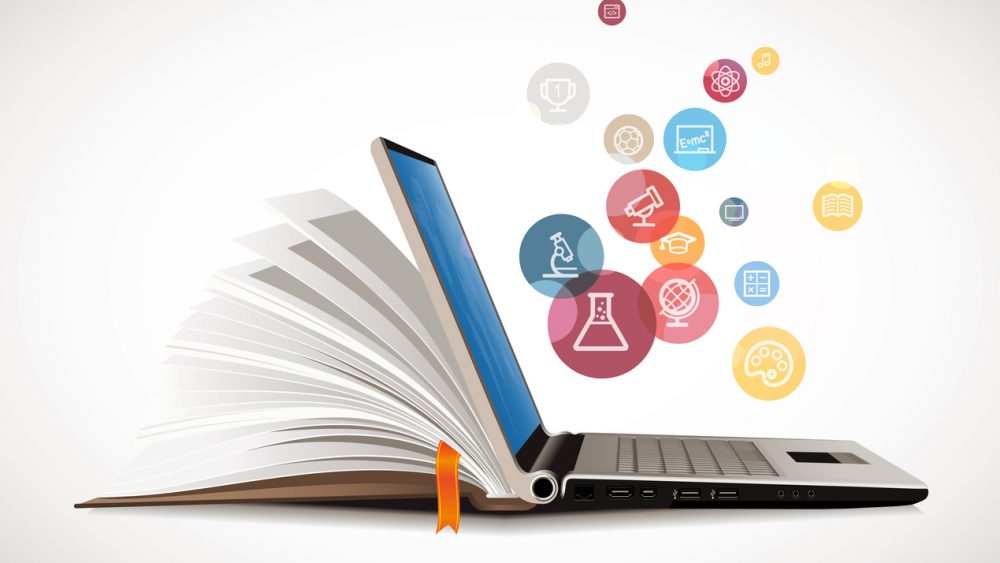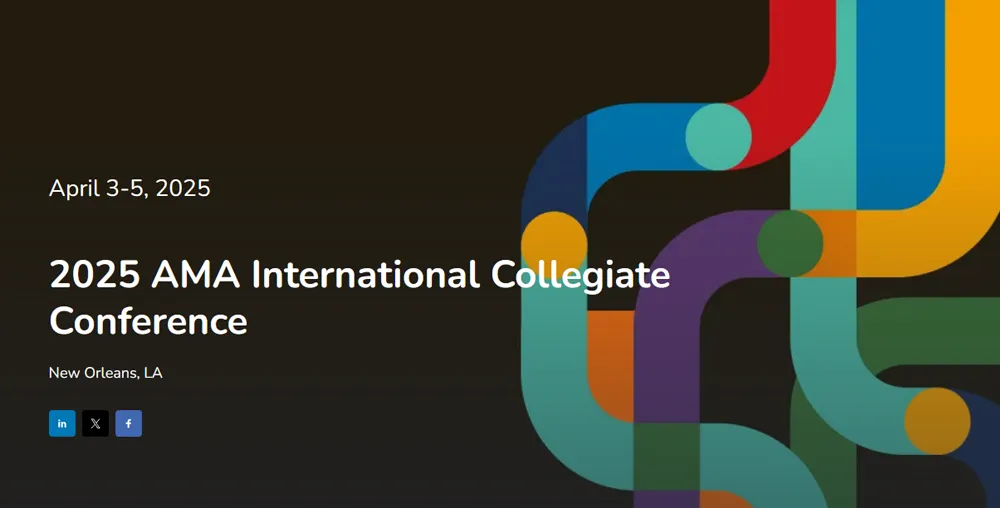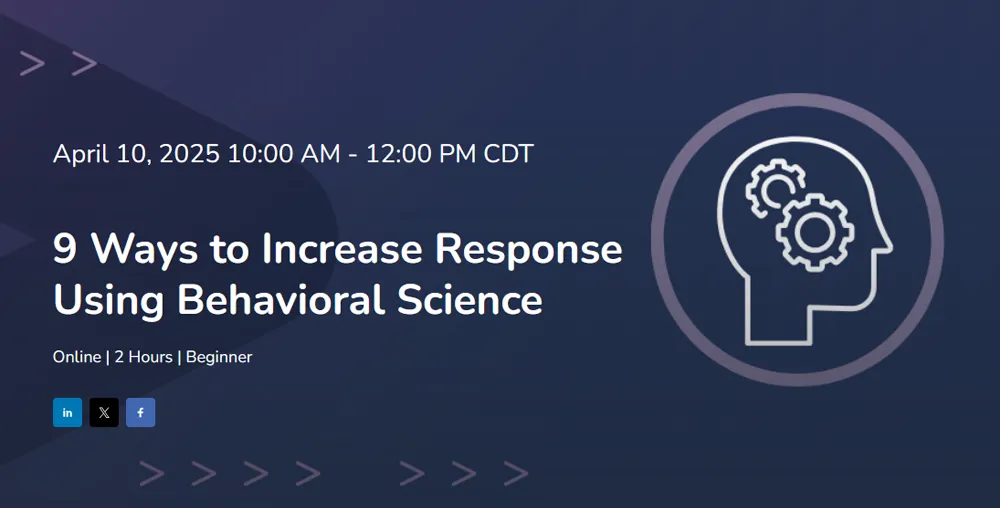Are you 100 percent confident in your digital marketing skills? If not, you’re not alone. Most marketers were trained in traditional marketing methods. As a result, a study by Adobe found only 48 percent of digital marketers think they are highly proficient at Digital Marketing.
Why do less than half of digital marketers think they know their stuff? It might be because they didn’t receive any formal training. Research shows 82 percent learn on the job and it’s easy to see how that happens: Someone gets hired in an entry-level marketing position, then works their way up the ladder, learning as they go. But meanwhile the world outside is changing with digital marketing proliferating, but the marketer is in the trenches doing his or her job day in and day out. It’s not as if there’s time to pull back and focus on learning new material and skills.
Instead, most marketers learn on the job as the research shows. How, then, is a marketer to successfully transition from traditional to digital marketing? It’s not like you can just jump right in. Getting started in digital marketing can be overwhelming because there are so many parts to it. You have SEO and social media and pay-per-click. You have email and SMS and mobile marketing. You have analytics and conversion optimization. In addition to all of that, you must have a solid knowledge of the design side as well as compliance with privacy regulations like GDPR.
To help marketers make the transition from traditional to digital, see the seven lessons below.
Lesson 1: All your research and strategizing still applies.
You’re not leaving all your existing knowledge behind, but rather building on it. Going digital still requires the old-school marketing knowledge that forms the foundation of your strategies. You still need the kind of information you get from a SWOT analysis. You still need messaging frameworks and budgets and goals. You still need to understand your audiences and their pain points. All of that still applies—you’re simply applying that knowledge to new situations.
Lesson 2: You don’t leave traditional behind.
In addition, you don’t go all out on digital. To make the transition, you stick with the traditional methods that work while slowly learning about and adding digital to the mix. In the end, you might realize you still need traditional marketing methods. Perhaps that print newsletter still generates results that make the cost worthwhile, or your target audience responds better to traditional marketing. Or maybe that clever direct mail package you’re sending out prior to the tradeshow is what gets people to your booth. And maybe you’ll eventually leave traditional behind, but don’t go into digital with that mindset. Instead, look for the synergy possible between the two.
Lesson 3: Be selective.
Not every digital marketing channel will be the right one for you, especially when it comes to social media. When going digital, determine which channels will probably work best for your brand and goals. LinkedIn is very different from Facebook, for example, as is Pinterest from Instagram. Videos engage a certain kind of audience while paid ads might be the way to extend your reach with another. Email will work better for some brands while a mobile app works better for another. You have plenty of choices: Be selective in what you choose to focus your efforts (and budget) on—because if you try to take it all on, you’ll fail.
Lesson 4: Start with the basics.
Digital marketing can get really sophisticated and involved really quickly. Complexity is probably not the smart place to start. Instead, start with the basics. For example, blogging and email marketing can be good for beginning digital marketers, plus both provide content you can repurpose elsewhere, and you can do both for free while learning the ropes. When you’re spending money, like when starting out with pay-per-click or Facebook ads, start with small budgets and go for simple goals. You’ll learn as you go.
Lesson 5: Stick to what you can easily measure.
Although you probably will want some kind of mix of traditional and digital marketing eventually, there is one area where digital trounces traditional: trackability. With digital marketing, everything can be measured: every click, like, forward, share and view. When you’re starting out in digital marketing, stick to those channels and methods you can easily measure.
Lesson 5: Get educated.
Once you’re measuring results, however, you’ll need to know how to understand what’s happening. For example, if your email campaign has a really high open rate but a very low click-through rate, you need to know how to interpret that. Or if you’re getting all kinds of traffic to your landing page but very few people filling out the form, you’ll have to figure out why. Learn what you can while you can by reading blog posts, watching online videos and attending marketing events. The information is out there. Make it part of your transition.
Lesson 6: Know when to outsource.
As someone making that transition, it’s also important to know what you know—and what you don’t. There are people and agencies out there who have mastered different aspects of digital marketing. Partner with them when necessary to get the results you want, understanding that you can’t know everything but that you’ll learn as you go and be able to do more in-house eventually.
Lesson 7: Maximize the potential of digital.
As mentioned above, where digital really beats traditional is trackability. Digital marketing is easily measured and therefore easily optimized. As you’re learning digital, you’re more likely to maximize the results you’re getting when you follow the advice above to start slow and keep it simple at first. Then as you learn on the job, as so many marketers do, you’ll build a foundation of knowledge you can build on. You’ll eventually get more sophisticated in your approach and drive more ROI, because digital will give you the feedback loops you need to ensure you are getting the hang of each new method or channel or level of difficulty. Then you can be one of those rare marketers who think they are highly proficient at digital marketing, even when the lessons were learned on the job.
If 50 is the new 30, and orange is the new black, then digital is the new marketing. And it’s better to make the transition from traditional to digital marketing in a methodical manner so you slowly—but surely—become the SME you want to be.









Comments are closed.